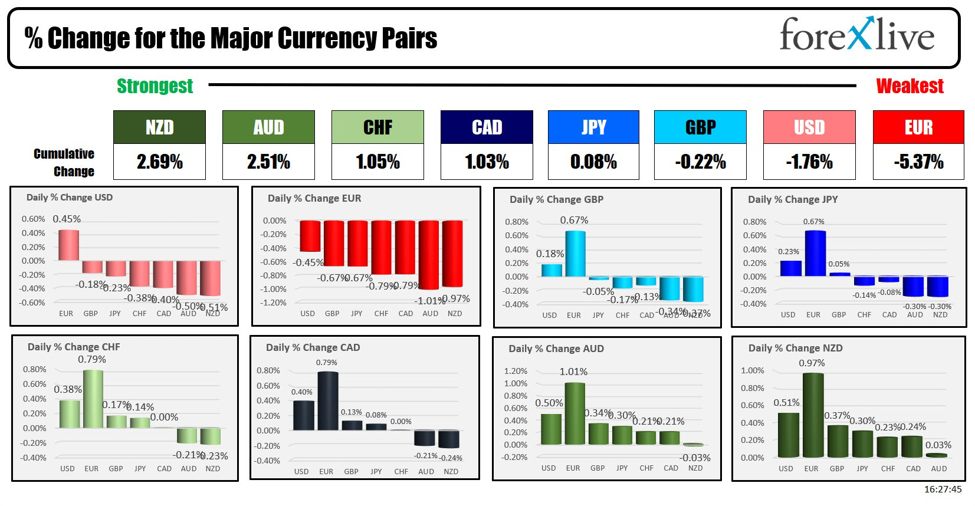The US economic calendar was light, with only the US S&P Global flash PMI data released.
The S&P Global PMI data for September 2024 showed mixed performance across sectors.
- The US Services PMI came in at 55.4, slightly above the expected 55.2, although down from the prior month’s 55.7, which was the best in two years.
- The Manufacturing PMI, however, dropped to 47.0, below the expected 48.5 and down from 47.9 previously, indicating contraction in the sector.
- The Composite PMI stood at 54.4, just below the prior reading of 54.6.
Prices for goods and services continued to rise at the fastest rate since March, with both manufacturing and services experiencing a surge in selling price inflation to six-month highs, exceeding pre-pandemic averages. In the service sector, cost inflation hit a one-year high, largely driven by increased staff wages. However, manufacturing input cost growth slowed to a six-month low. Business optimism about future output deteriorated significantly, with the future output index falling to its lowest level since October 2022. Employment in September fell for the second consecutive month and has now declined in four of the last six months.
Meanwhile, Fed officials started to chirp about their views after the Federal Reserve kickstarted a move lower in rates with a 50 basis point cut last Wednesday:
- Minneapolis Fed President Neel Kashkari defended the recent 50 basis point (bps) rate cut, emphasizing that it was the right decision given the progress on inflation and a softening labor market. He expects the Fed’s year-end rate to be around 4.4%, with it lowering to 3.4% by the end of 2025, in line with the median expectations of Fed policymakers. Although Kashkari believes the disinflation process is on track, he cautioned that it’s too early to declare victory on inflation. The Fed’s policy remains tight, though the exact degree of tightness is uncertain. Future rate decisions will be data-dependent, particularly as the economic signals remain mixed, with resilient consumer spending but no clear signs of an impending recession or inflation spike. Kashkari also anticipates the Fed taking smaller steps in the future and emphasized the need to keep the labor market strong. He acknowledged uncertainty about the neutral level for rates but stressed that the jobs market is not a reliable predictor of inflation. Kashkari also penciled in an additional 50 bps of easing in 2024
- Fed’s Austan Goolsbee indicated that “many more cuts” in interest rates are likely over the next year, as rates need to come down significantly. He is comfortable with the recent 50 bps rate cut, viewing it as a signal that the Fed is focusing on employment risks in addition to inflation. Goolsbee pointed out that inflation is well below its peak and the labor market is at full employment, suggesting that keeping rates at decade-high levels doesn’t align with maintaining economic stability. To achieve a soft landing, the Fed must avoid being behind the curve. Goolsbee emphasized that inflation came down last year without triggering a recession, and businesses are not overly concerned with inflation, focusing instead on stability. He is also keeping an eye on office building vacancy rates and ensuring that banks are well-prepared for potential losses in commercial real estate. Goolsbee’s dovish stance underlines that while inflation has been falling, until the recent rate cut, the Fed’s policies had been tightening. He believes that with current conditions, the Fed could make several cuts in the coming year to bring rates closer to neutral.
- Atlanta Fed President Raphael Bostic supported the recent 50 bps rate cut as a compromise between ongoing inflation uncertainty and rising risks to the labor market. He believes the economy is normalizing faster than expected, and policy should adjust accordingly. Recent data indicate that the US economy is on a sustainable path to price stability. However, Bostic emphasized that the half-point cut does not signal a set pattern for future rate cuts. He noted that risks to the labor market have increased, with broader weakness more likely than a year ago, though the labor market is not yet weak. Price increases have become more concentrated in housing, and businesses are cautious with hiring but not considering layoffs. He also mentioned that while there’s debate over the neutral rate, it is less relevant with rates currently being so high. Bostic sees inflation indicators trending favorably, with businesses losing pricing power. The Fed now faces two balanced risks: inflation and labor market softness.
As the clock ticks to the end of day, the NZD is ending the day as the strongest of the major currencies. The EUR is the weakest. The USD is ending mostly lower but with a gain vs the EUR (of 0.45%). The greenback fell -0.51% vs the NZD and -0.50% vs the AUD. .
US stocks were little changed today, but with gains. The Dow and the S&P rose enough to both close at record level. The Nasdaq rose but only by 0.14%.
US yields moved higher. The 10 year yield is now 14 basis points higher than the low last week (on Monday before the Fed 50 bps cut). The 2 year yield is only up 4 bps from the low last week.
Crude oil is lower by -$0.36 despite increased geopolitical tension in the middle east between Isreal and Beirut. Iran is also signalling displeasure.
Gold is higher by $6.25 at a new record level.
